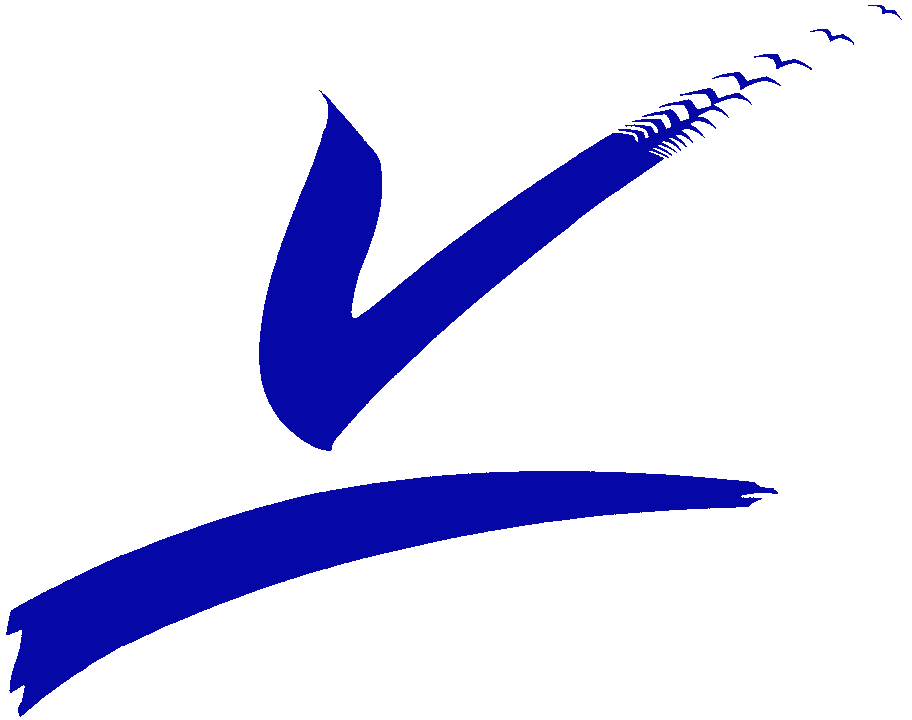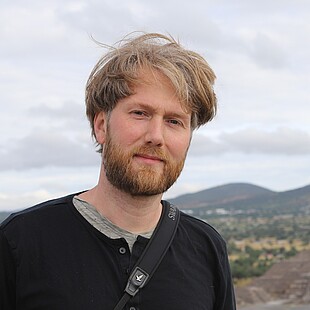Publikationsliste
Cansse T, Vedder O, Kürten N, Bouwhuis S (2024) Feeding rate reflects quality in both parents and offspring: a longitudinal study in common terns. Animal Behaviour 214: 111-120
Vedder O, Tschirren B, Postma E, Moiron M (2023) Rapid decline of prenatal maternal effects with age is independent of postnatal environment in a precocial bird. Evolution 77: 2484-2491
Vedder O, Moiron M, Bichet C, Bauch C, Verhulst S, Becker PH, Bouwhuis S (2022) Telomere length is heritable and genetically correlated with lifespan in a wild bird. Molecular Ecology 31: 6297-6307
Vedder O (2022) Experimental extra-pair copulations provide proof of concept for fertility insurance in a socially monogamous bird. Proceedings of the Royal Society B 289: 20220261
Vedder O, Bichet C, Tschirren B (2022) The effect of manipulated prenatal conditions on growth, survival, and reproduction throughout the complete life course of a precocial bird. Frontiers in Ecology and Evolution 10: 834433
Kürten N, Schmaljohann H, Bichet C, Haest B, Vedder O, González-Solís J, Bouwhuis S (2022) High individual repeatability of the migratory behaviour of a long-distance migratory seabird. Movement Ecology 10: 5
Bichet C, Moiron M, Matson KD, Vedder O, Bouwhuis S (2022) Immunosenescence in the wild? A longitudinal study in a long-lived seabird. Journal of Animal Ecology 91: 458-469
Kürten N, Piening K, Vedder O (2021) Does parental heart rate affect embryonic heart rate during incubation? An experiment in Common Terns Sterna hirundo. Journal of Ornithology 162: 759-764
Vedder O, Pen I, Bouwhuis S (2021) How fitness consequences of early-life conditions vary with age in a long-lived seabird: A Bayesian multivariate analysis of age‐specific reproductive values. Journal of Animal Ecology 90: 1505-1514
Bichet C, Bouwhuis S, Bauch C, Verhulst S, Becker PH, Vedder O (2020) Telomere length is repeatable, shortens with age and reproductive success, and predicts remaining lifespan in a long-lived seabird. Molecular Ecology 29: 429-441
Kürten N, Vedder O, González-Solís J, Schmaljohann H, Bouwhuis S (2019) No detectable effect of light-level geolocators on the behaviour and fitness of a long-distance migratory seabird. Journal of Ornithology 160: 1087-1095
Vedder O, Zhang H, Dänhardt A, Bouwhuis S (2019) Age-specific offspring mortality economically tracks food abundance in a piscivorous seabird. The American Naturalist 193: 588-597
Bichet C, Vedder O, Sauer-Gürth H, Becker PH, Wink M, Bouwhuis S (2019) Contrasting heterozygosity-fitness correlations across life in a long-lived seabird. Molecular Ecology 28: 671-685
Vedder O, Verhulst S, Zuidersma E, Bouwhuis, S (2018) Embryonic growth rate affects telomere attrition: an experiment in a wild bird. Journal of Experimental Biology 221: jeb181586
Bouwhuis S, Verhulst S, Bauch C, Vedder O (2018) Reduced telomere length in offspring of old fathers in a long-lived seabird. Biology Letters 14: 20180213
Hamel S, Gaillard J-M, Yoccoz NG, Bassar RD, Bouwhuis S, Caswell H, Douhard M, Gangloff EJ, Gimenez O, Lee PC, Smallegange IM, Steiner UK, Vedder O, Vindenes Y (2018) Moving forward on individual heterogeneity. Oikos 127: 750-756
Vedder O, Bouwhuis S (2018) Heterogeneity in individual quality in birds: overall patterns and insights from a study on common terns. Oikos 127: 719–727
Vedder O, Verhulst S, Bauch C, Bouwhuis S (2017) Telomere attrition and growth: a life-history framework and case study in common terns. Journal of Evolutionary Biology 30: 1409-1419
Vedder O, Kürten N, Bouwhuis, S (2017) Intra-specific variation in, and environment-dependent resource allocation to, embryonic development time in common terns. Physiological and Biochemical Zoology 90: 453-460
Amininasab SM, Hammers M, Vedder O, Komdeur J, Korsten P (2017) No effect of partner age and lifespan on female age-specific reproductive performance in blue tits. Journal of Avian Biology 48: 544-551
Bouwhuis S, Vedder O (2017) Avian escape artists? Patterns, processes and costs of senescence in wild birds. In: The evolution of senescence in the tree of life (Eds Shefferson RP, Jones OR, Salguero-Gómez R) Cambridge University Press, Cambridge, UK
Vedder O, Zhang H, Bouwhuis, S (2017) Early mortality saves energy: estimating the energetic cost of excess offspring in a seabird. Proceedings of the Royal Society B 284: 20162724
Vedder O, Bouwhuis S, Benito MM, Becker PH (2016) Male-biased sex allocation in ageing parents; a longitudinal study in a long-lived seabird. Biology Letters 12: 20160260
Amininasab SM, Vedder O, Schut E, de Jong B, Magrath MJL, Korsten P, Komdeur J (2016) Influence of fine-scale habitat structure on nest-site occupancy, laying date and clutch size in blue tits Cyanistes caeruleus. Acta Oecologica 70: 37-44
Bouwhuis S, Vedder O, Becker PH (2015) Sex-specific pathways of parental age effects on offspring lifetime reproductive success in a long-lived seabird. Evolution 69: 1760-1771
Zhang H, Vedder O, Becker PH, Bouwhuis S (2015) Age-dependent trait variation: the relative contribution of within-individual change, selective appearance and disappearance in a long-lived seabird. Journal of Animal Ecology 84: 797-807
Zhang H, Vedder O, Becker PH, Bouwhuis S (2015) Contrasting between- and within-individual trait effects on mortality risk in a long-lived seabird. Ecology 96: 71-79
Bouwhuis S, Vedder O, Garroway CJ, Sheldon BC (2015) Ecological causes of multi-level covariance between size and first-year survival in a wild bird population. Journal of Animal Ecology 84: 208-218
Vedder O, Bouwhuis S, Sheldon BC (2014) The contribution of an avian top predator to selection in prey species. Journal of Animal Ecology 83: 99-106
Schut E, Vedder O, Komdeur J, Magrath MJL (2013) Sperm depletion does not account for undeveloped eggs in blue tits. Ibis 156: 366-373
Vedder O, Magrath MJL, van der Velde M, Komdeur J (2013) Covariance of paternity and sex with laying order explains male bias in extra-pair offspring in a wild bird population. Biology Letters 9: 20130616
Vedder O, Bouwhuis S, Sheldon BC (2013) Quantitative assessment of the importance of phenotypic plasticity in adaptation to climate change in wild bird populations. PloS Biology 11: e1001605
Vedder O (2012) Individual birds advance offspring hatching in response to increased temperature after the start of laying. Oecologia 170: 619-628
Vedder O, Magrath MJL, Niehoff DL, van der Velde M, Komdeur J (2012) Declining extra-pair paternity with laying order associated with initial incubation behavior, but independent of final clutch size in the blue tit. Behavioral Ecology and Sociobiology 66: 603-612
Vedder O, Komdeur J, van der Velde M, Schut E, Magrath MJL (2011) Polygyny and extra-pair paternity enhance the opportunity for sexual selection in blue tits. Behavioral Ecology and Sociobiology 65: 741-752
Vedder O, Komdeur J, van der Velde M, Magrath MJL (2010) Conclusive evidence for conspecific brood parasitism in the blue tit Cyanistes caeruleus: a reply to Griffith et al. Journal of Avian Biology 41: 348-349
D’Alba L, Shawkey MD, Korsten P, Vedder O, Kingma SA, Komdeur J, Beissinger SR (2010) Differential deposition of antimicrobial proteins in blue tit (Cyanistes caeruleus) clutches by laying order and male attractiveness. Behavioral Ecology and Sociobiology 64: 1037-1045
Vedder O, Schut E, Magrath MJL, Komdeur J (2010) Ultraviolet crown coloration affects contest outcomes among male blue tits, but only in the absence of prior encounters. Functional Ecology 24: 417-425
Vedder O, Magrath MJL, Harts AMF, Schut E, van der Velde M, Komdeur J (2010) Reduced extrapair paternity in response to experimental stimulation of earlier incubation onset in blue tits. Behavioral Ecology 21: 9-15
Magrath MJL, Vedder O, van der Velde M, Komdeur J (2009) Maternal effects contribute to the superior performance of extra-pair offspring. Current Biology 19: 792-797
Brouwer L, Groothuis TGG, Vedder O, Eikenaar C, Richardson DS, Komdeur J (2009) Do primary males physiologically suppress subordinate males? An experiment in a cooperatively breeding passerine. Ethology 115: 576-587
Kingma SA, Komdeur J, Vedder O, Von Engelhardt N, Korsten P, Groothuis TGG (2009) Manipulation of male attractiveness induces rapid changes in avian maternal yolk androgen deposition. Behavioral Ecology 20: 172-179
Vedder O, Korsten P, Magrath MJL, Komdeur J (2008) Ultraviolet plumage does not signal social status in free-living blue tits; an experimental test. Behavioral Ecology 19: 410-416
Korsten P, Vedder O, Szentirmai I, Komdeur J (2007) Absence of status signalling by structurally based ultraviolet plumage in wintering blue tits (Cyanistes caeruleus). Behavioral Ecology and Sociobiology 61: 1933-1943
Vedder O, Kingma SA, Von Engelhardt N, Korsten P, Groothuis TGG, Komdeur J (2007) Conspecific brood parasitism and egg quality in blue tits Cyanistes caeruleus. Journal of Avian Biology 38: 625-629
Vedder O, Dekker AL, Visser GH, Dijkstra C (2005) Sex-specific energy requirements in nestlings of an extremely sexually size dimorphic bird, the European sparrowhawk (Accipiter nisus). Behavioral Ecology and Sociobiology 58: 429-436
Vedder O, Dijkstra C, Dekker AL, Waasdorp S, Visser GH (2005) Sex-specific nestling body mass in relation to brood sex composition in the Eurasian Sparrowhawk (Accipiter nisus). Ardea 93: 179-187


